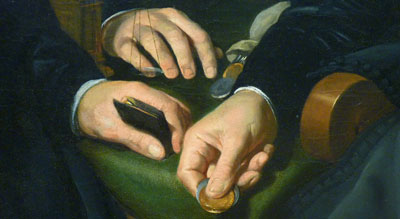 |
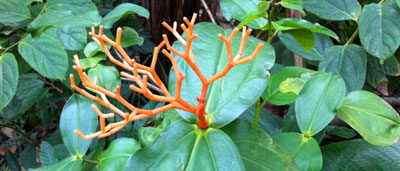 |
||
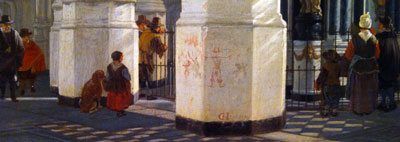 |
|||
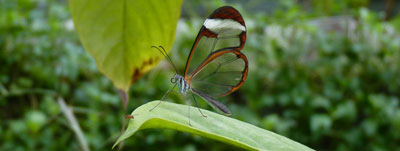 |
|||
 |
|||
CdP |
|||
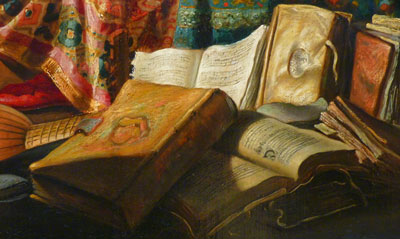 |
|||
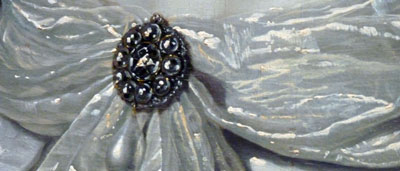 |
|||
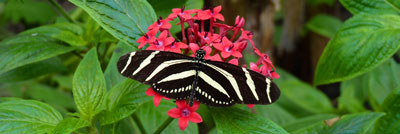 |
|||
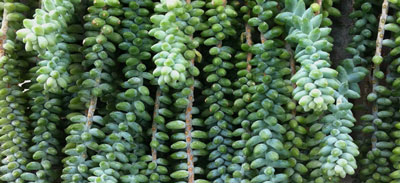 |
|||
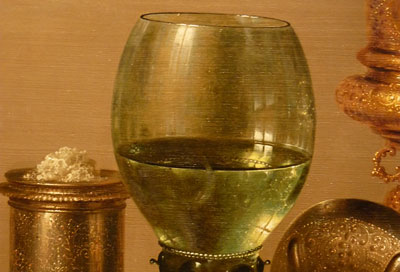 |
|||
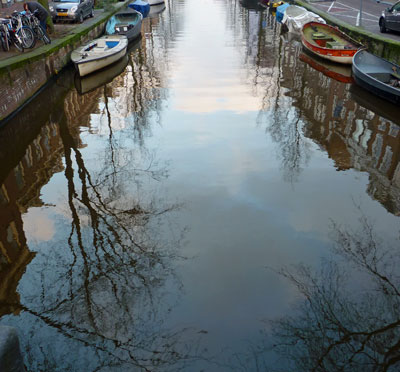 |
|||
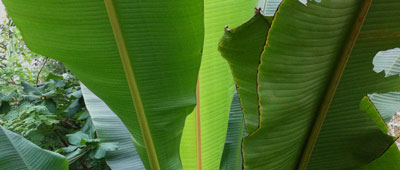 |
|||
Now two important 'elders' have gone from my life. Just before Christmas my lovely Ro left us; then last week my friend Peter Hurd slipped away. I accompanied him back into hospital on the morning of the day he died. He had told me, over and over again, that he didn't want to die in hospital but on his final, serene day it was he who decided it was time for him to resume his place there.
I sat with him in the ward for a couple of hours, holding his hand. He swore to me that he wasn't in pain. He was too spent for his usual non-stop tale-telling, but we talked, quietly, at length. He had spent Christmas and New Year in his own home, his beloved twin daughters with him. He was very, very happy about that. Nurses rushed in and out, inserting needles and checking dietary requirements. But Peter was detached: he recognised the staff and called them by name, and thanked them for everything as he always had done. Several times he squeezed my hand and said to me "I'm so glad you're here."
I'd left by the time his breathing stopped: there was another friend there then. It was funny – in a melancholy way – when I stepped into the hospital room not long after: there lay Peter, looking very peaceful, in a room with five women who had come to say their farewells. He went out as he had lived: surrounded by females who saw through his blustery womanising to the kind heart that lay beneath.
In the days since then I have read Atul Gawande's book Being Mortal in which he argues that end-of-life care today is too 'medicalised', conditioned by the determination to keep people alive at all costs, rather than concentrating on enhancing the quality of what they have left. It's irksomely American at times, and can slip into over-simplification. But his arguments are compelling and his humanity remarkable. And I think that by his yardsticks my two nonagenarian friends didn't do badly: Ro calling the shots surrounded by all her clutter in the privacy of her own sheltered housing flat until she segued very briefly into the nursing home section in a continuum of care set-up; and Peter opting for a serene month at home with his daughters and the indomitable cat Hannibal rather than weeks of horribly invasive and exhausting radiation therapy. And both departing compos mentis and more or less in mid-sentence.
At Peter's funeral this morning, it was impossible to be too grief-stricken. He had lived his 92 years to the full and beyond.
I had never been inside the CdP cemetery before. It's modern and not glum, and all those people with the magnificent names (we used to think that a performance artist was inventing the eccentricities on death notices posted around towns) are immortalised there. There was something both very final and very homely about the labourers who helped hoist the coffin up to the high loculus, then immediately went to work with bricks and mortar to close it up. And also about the slip of paper they handed, there and then, to one of Peter's sons, who presumed it was some form of condolence from the town council – until they explained it was a bill for €80 for their services.
We've been in Amsterdam for a few days, with the Australian part of my family. It is a remarkable city in many ways.
I had forgotten quite to what extent bikes are used. Everyone, of every age, is out on them. There's an overwhelming rush of kids going to school early in the morning, rivers of workers streaming towards offices, then the constant to-ing and fro-ing of city life. The bikes are tall, heavy, high-handlebar affairs – none of your speedy racers or carbon one-up-man-ship here. Some have big plastic crates attached to the front for documents or shopping or deliveries; others have elongated fronts to accommodate a cargo area which more often than not is occupied by a wriggling mass of small children.
The results of so much pedalling are manifold. For a start, the city is incredibly quiet: the amount of motorised traffic is negligible. A (rare) truck stopped in the middle of the road to unload its goods is something to skirt, rather than an unsurpassable obstacle that brings the whole city to a horn-honking standstill. The air smells good and none of the pretty old buildings along the canals where we were staying are blackened. I saw no obese people, and though I have no figures to back this up I'd be prepared to bet that Amsterdamers get sufficient exercise in their daily lives to stay pretty healthy (they're fairly lithe in this report where they come in at number 103 for adult obesity).
There's a grown-up kind of stateliness about the place, or at least about the central canal district. Beautiful old houses along the waterways which elsewhere (for which read 'Venice') would be wall-to-wall luxe hotels, out-brashing each other in a desperate race for trade, are private homes. Along narrow side-streets, openings have been left in the pavements and plants of all descriptions scramble up walls; where there's no hole, large pots and window boxes are brought into play. Road works are discreet; tree-lopping is performed with a chipping machine on hand to deal with the branches as they come down. The city's museums are superb, with excellent lighting and labelling which informs without boring – and with free wi-fi and good downloadable audio guides. The recently re-opened Rijksmuseum is superb.
We visited botanical gardens, in Amsterdam and Leiden: not the very best season of course, but both have fantastic greenhouses. The landscaping of the jungly abundance in Amsterdam was perhaps more impressive (and the butterfly house was lovely); but Leiden won for sheer variety and size (and better café-restaurant too). There was a feeling of scholarship in both, but also of sheer joy in the plant kingdom. And of course the maintenance and labelling was impeccable. (Oh dear, Italy.)
The places that most impressed me – or which I most enjoyed, which generally amounts to the same thing – were the Mauritshuis in The Hague, and the Rembrandt Huis in Amsterdam.
The former comes close, for me, to being the perfect gallery. It's not so big as to be daunting or tiring, and contains an exceptional mix of absolute stunners and fascinating curiosities. Among the former are Rembrandt's Anatomy Lesson, Vermeer's View of Delft and Girl with the Pearl Earring (I have discovered a passion for Vermeer that I didn't know I had), and a couple of portraits by Holbein which are mesmerising. Among the latter are any number of still lives – not usually my favourite topic but these are amazing catalogues of vegetable riches. It's striking how, even in the 18th century paintings, there's not a tomato or a potato: how could it have taken so long for the New World solanums to become common enough to stick in a painting of all that went into the kitchen?
Rembrandt's house, on the other hand, was a mildly interesting container for things very like those that the artist had been forced to sell up when he went bankrupt (a dun's inventory means that they know exactly what was in each room). His wunderkammer was intriguing. But what really made it was the etching workshop: a chance for visitors to make their own sub-Rembrandtian artwork. I could have stayed all day, scratching pictures out of sheets of plastic, inking them and printing them. And doing it in a room where Rembrandt once roamed. That's the kind of museum experience I love.